- Intermingling of folk beliefs
- A vibrant festival honoring the goddess Thien Hau.
- Cultural exchange among three ethnic groups
The origins of the worship of the Goddess Thien Hau.
The worship of Thien Hau (Goddess of the Sea) is linked to the legend of Lam Mac Nuong, born on March 23, 960, on Mi Chau Island, Fujian, China. She is revered as a goddess who helps those in distress, especially seafarers. The Chinese community, with their tradition of trade and seafaring, brought this belief wherever they migrated, including coastal areas of Vietnam. In Ca Mau, the Chinese community has made significant contributions to shaping the local cultural and economic landscape, including the presence of the Thien Hau worship.
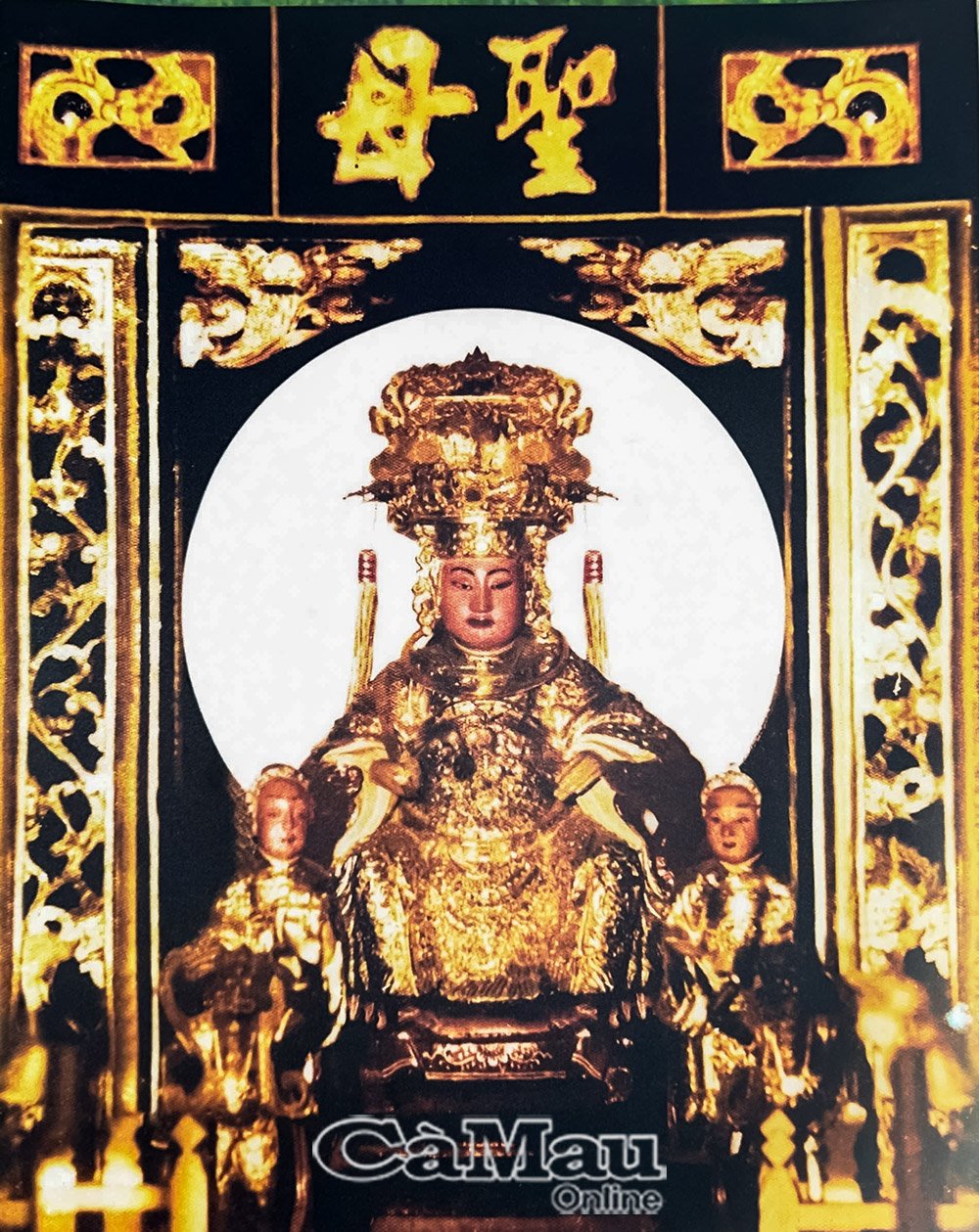 Images of the Goddess Thien Hau at places of worship.
Images of the Goddess Thien Hau at places of worship.
Shrines dedicated to the Goddess Thien Hau are typically established according to traditional feng shui principles, situated in auspicious locations: "First, near the market; second, near the river." Within Ca Mau province, many localities have shrines dedicated to the Goddess Thien Hau, notably: Thien Hau Palace at 68 Le Loi Street, An Xuyen Ward; Thien Hau Temple in Thoi Binh Commune; Thien Hau Palace (Cai Ran Temple) in Luong The Tran Commune; Thien Hau Palace in Song Doc Commune; Thien Hau Temple in Cai Keo Hamlet, Quach Van Pham Commune; Thien Hau Shrine in Cai Doi Hamlet, Phu Tan Commune; Thien Hau Shrine in Nha May Hamlet, Khanh Hung Commune; Thien Hau Palace in Tan Tien Commune; Thien Hau Ancient Temple on Hoang Dieu Street, Bac Lieu Ward; Thien Hau Temple (Vinh An Temple) in Vinh Trach Ward; Thien Hau Shrine in Ganh Hao Commune; Thien Hau Palace in Gia Rai Ward. Thien Hau Temple (Ba Dinh Pagoda) and Thien Hau Shrine in Vinh Loc commune; Thien Hau Shrine (Cay Giang Pagoda) in Long Dien commune; Thien Hau Holy Mother Temple at 85 Hai Ba Trung Street, Bac Lieu ward…
Thien Hau Festival
Every year, the Thien Hau Goddess Festival is solemnly celebrated on the 23rd day of the third lunar month at various places of worship; this is an important cultural and spiritual event for the Chinese community.
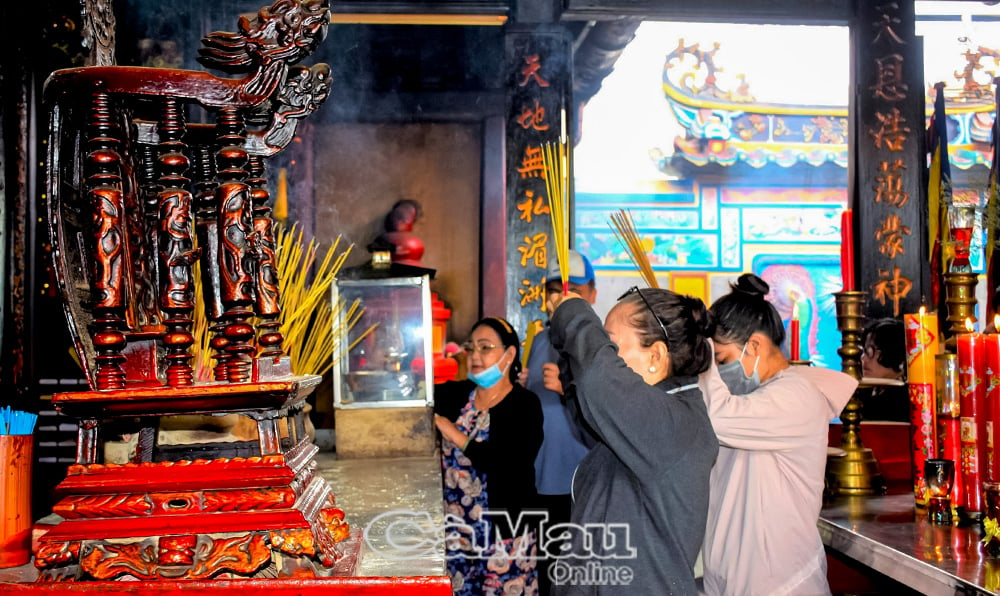 People light incense and pray to the Goddess for peace and prosperity.
People light incense and pray to the Goddess for peace and prosperity.
Through the festival, people express their gratitude to the goddess who protects fishermen and merchants at sea. Important rituals include bathing the statue of the goddess, offering incense and praying for peace, and carrying the goddess's palanquin through the streets to bestow blessings upon the community. In addition, there are traditional ceremonies with ceremonial music, lion and dragon dances, etc. The entire ceremony is conducted solemnly, attracting a large number of people from various ethnic groups in the locality to participate.
For fishermen, the Goddess Thien Hau is a benevolent deity, protecting and blessing them with peace, successful fishing, and a prosperous life. In some localities such as Song Doc, Ganh Hau, and Phu Tan, the fishing community regularly visits temples to pray to the Goddess Thien Hau for favorable conditions for their fishing activities, smooth sailing at sea, and to obtain amulets inscribed with the Chinese characters: "Jade Seal of Thien Hau Holy Mother, sacred decree, divine amulet to protect all beings and bring peace") to hang on their boats to ward off misfortune and bad luck.
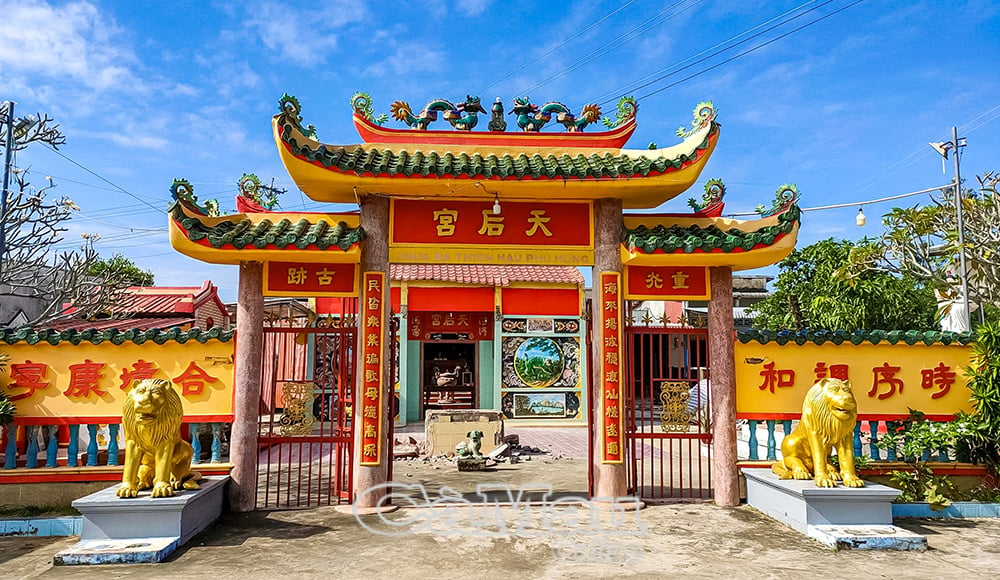 Thien Hau Palace (Ba Cai Rang Pagoda) is located in Luong The Tran commune.
Thien Hau Palace (Ba Cai Rang Pagoda) is located in Luong The Tran commune.
The Thien Hau Festival not only brings religious faith to the Chinese community but also serves as a channel for community cohesion, helping the Chinese preserve and pass on traditional cultural values, embodying elements of shared destiny and shared feelings.
Unique cultural values
The most prominent characteristic of the worship of Thien Hau in Ca Mau is its ability to reflect the cultural exchange between the Kinh, Khmer, and Chinese ethnic groups. The openness, righteousness, and hospitality of the people of Ca Mau have helped the ethnic communities easily absorb and preserve folk beliefs, including the worship of Thien Hau. This integration is clearly evident in the worship practices and the management structure of the worship sites. The management boards at some temples even include Kinh members, depending on the conditions and needs of the local community. This participation clearly demonstrates the flexibility and cultural integration of the Chinese into the Southern Vietnamese cultural context.
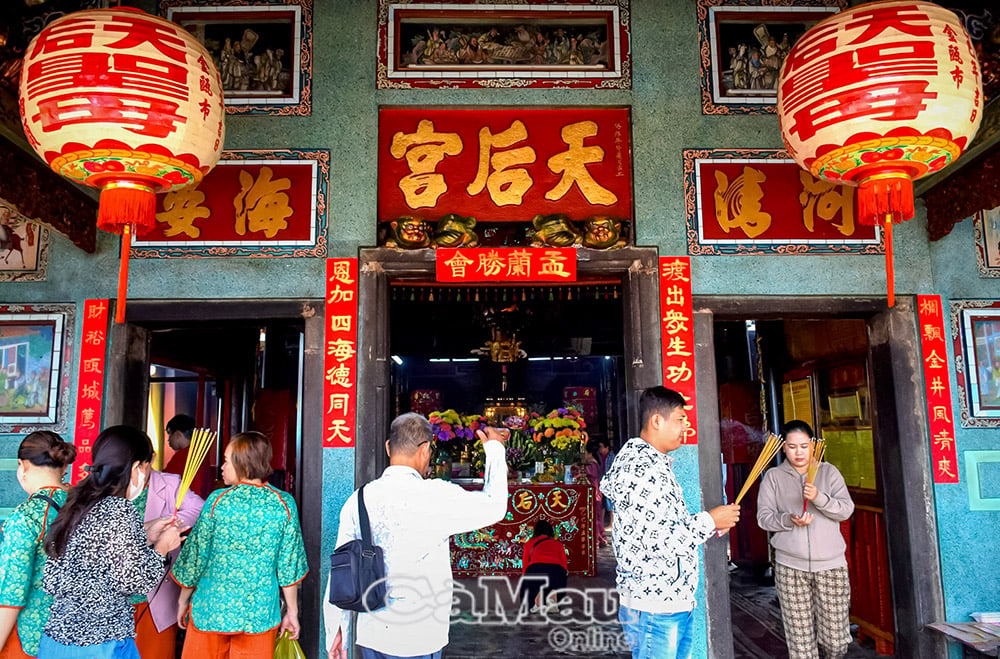 The diverse ethnic communities participate in the worship of the Goddess Thien Hau.
The diverse ethnic communities participate in the worship of the Goddess Thien Hau.
The spirit of solidarity and the awareness of preserving traditional cultural values of the Chinese community are also important characteristics of the worship of Thien Hau. Thien Hau Temple in An Xuyen ward is one of the central places of worship in the Thien Hau Holy Mother religious activities. Other temples dedicated to Thien Hau in Ca Mau province (such as in Song Doc, Phu Tan, Khanh Hung, Tan Tien, and Quach Van Pham) all directly learn the rituals from this temple.
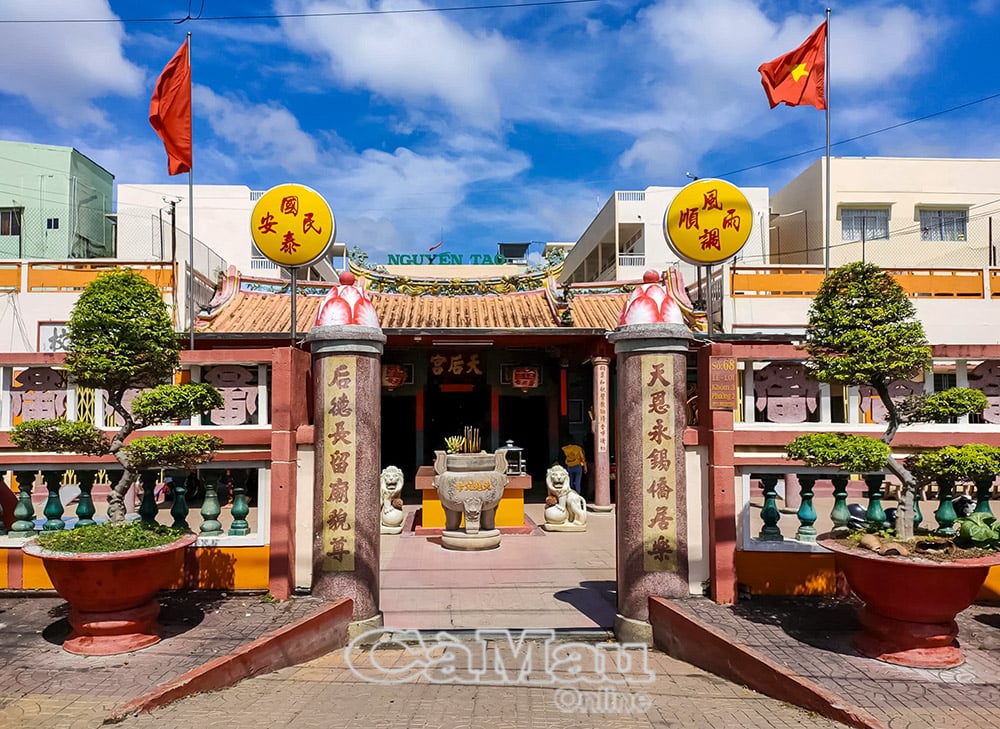 Thien Hau Temple is located at 68 Le Loi Street, An Xuyen Ward.
Thien Hau Temple is located at 68 Le Loi Street, An Xuyen Ward.
The "hybrid" characteristic in worship at temples dedicated to the Goddess Thien Hau is reflected in the diverse worship of various deities, including the Heavenly and Earthly Parents, the Local Guardian Deity, the God of Fortune and Virtue, the Goddess of Fire, the Heavenly Commander, and Quan Am (Guan Yin)... In addition, although offerings to the Goddess often include traditional Chinese items, Vietnamese people also participate in offering sticky rice and betel nuts to the Goddess's altar during festivals and holidays, demonstrating cultural exchange in worship.
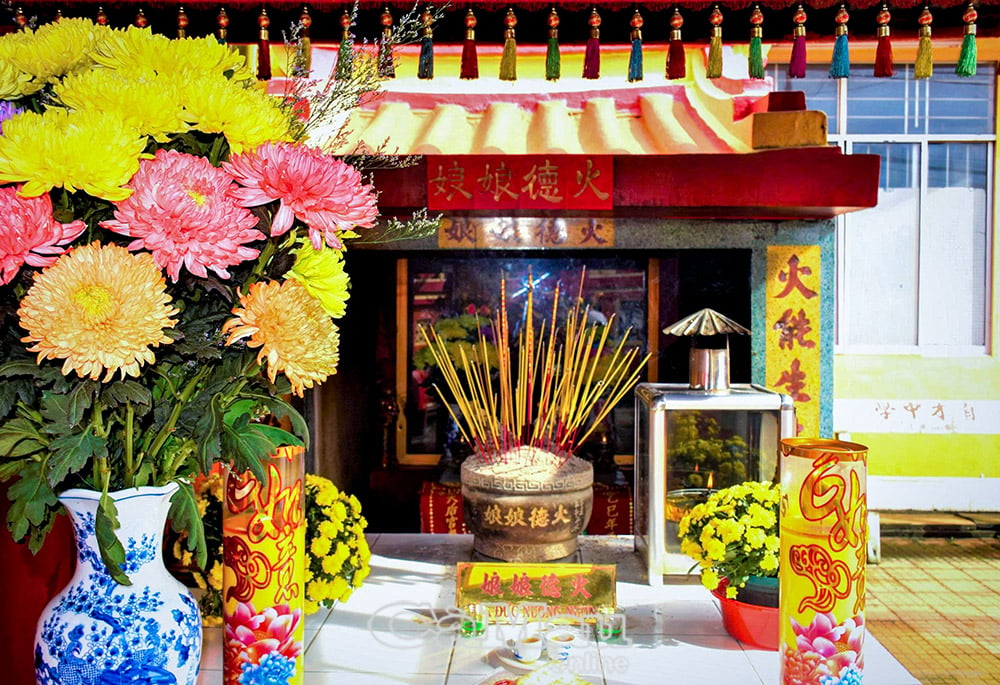 The Goddess of Fire is worshipped alongside the Goddess of Heaven in the Thien Hau Palace in An Xuyen ward.
The Goddess of Fire is worshipped alongside the Goddess of Heaven in the Thien Hau Palace in An Xuyen ward.
The worship of Thien Hau Goddess in Ca Mau is a valuable intangible cultural asset, reflecting the open-minded and righteous character of the local ethnic communities. Preserving and exploiting these unique values, especially the cultural exchange, community cohesion, and solidarity among the Kinh, Khmer, and Hoa ethnic groups, will be an important driving force for sustainable tourism development, contributing to building a diverse and prosperous cultural image for this southernmost region of Vietnam.
Dang Minh
Source: https://baocamau.vn/net-dac-sac-cua-tin-nguong-tho-ba-thien-hau-o-ca-mau-a123421.html








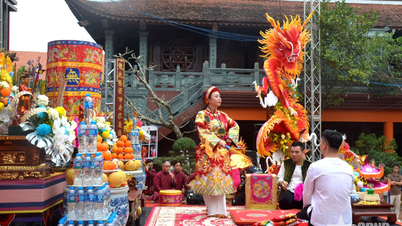

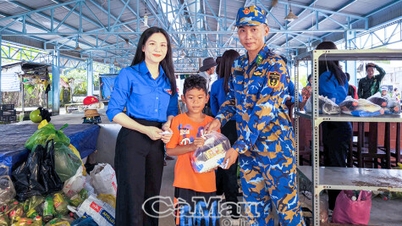
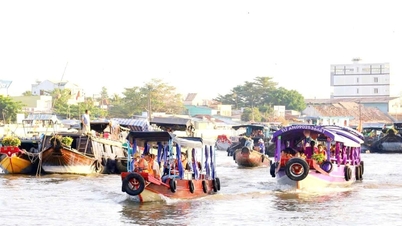

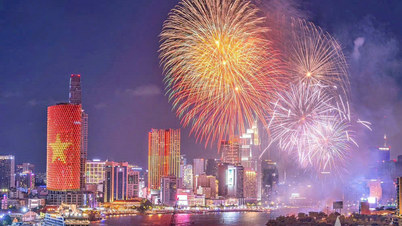
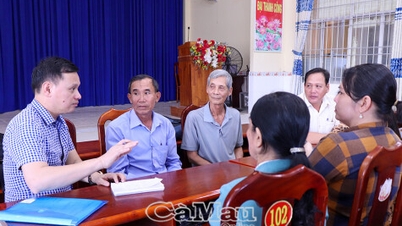


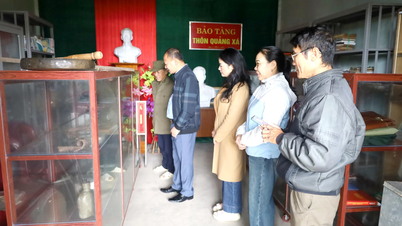



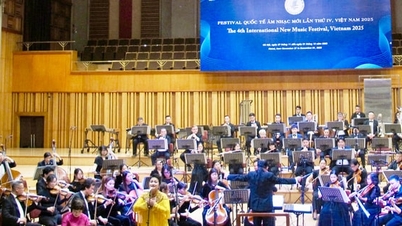
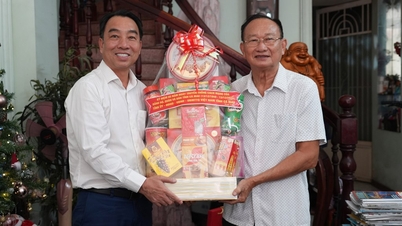

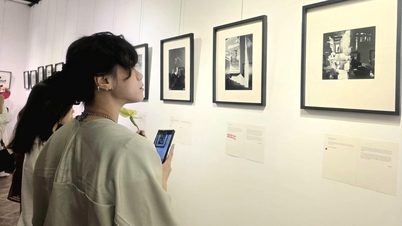

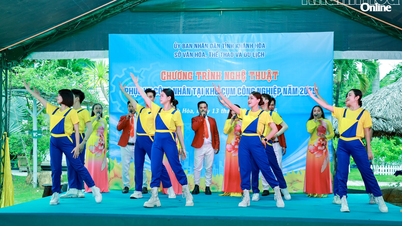





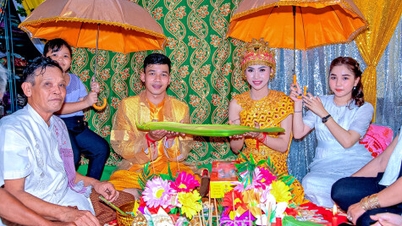



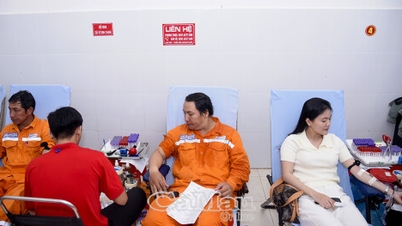
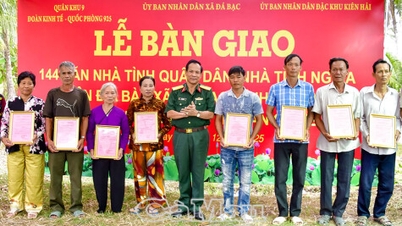


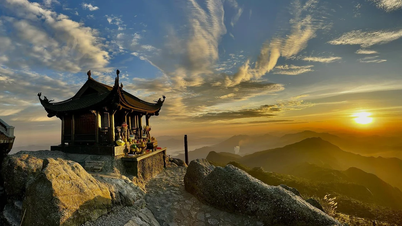


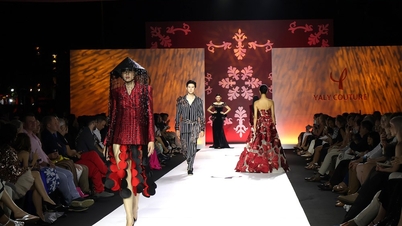




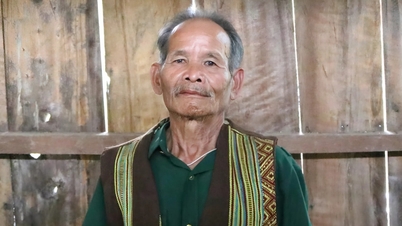

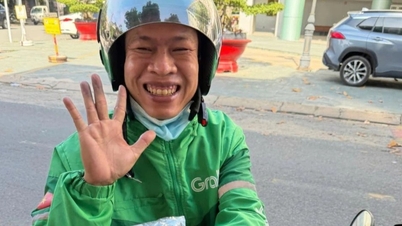





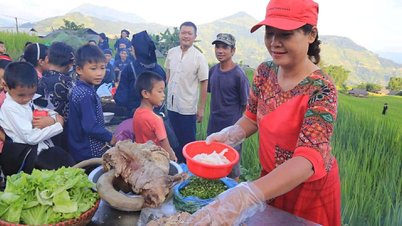

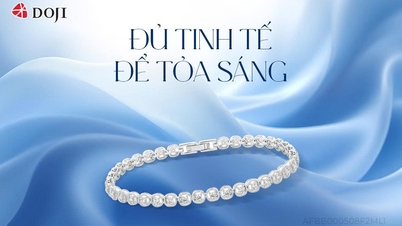
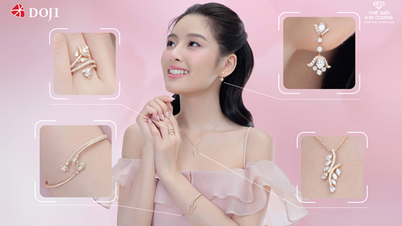

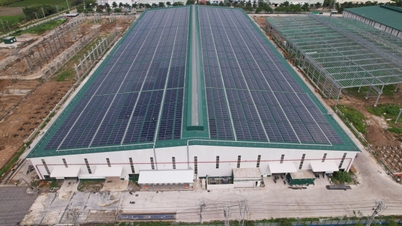


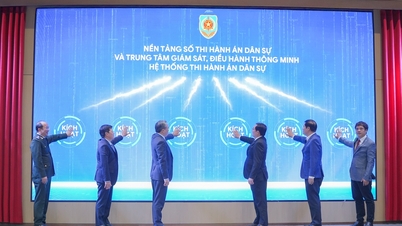










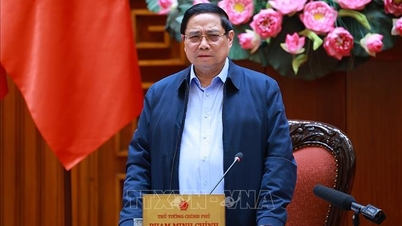

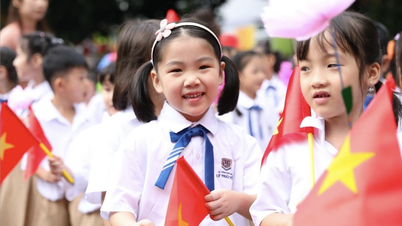

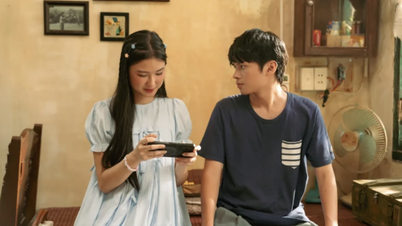

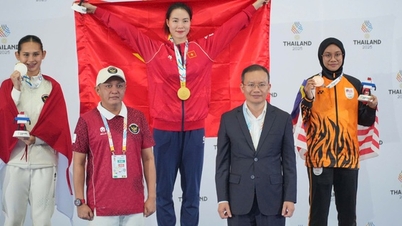

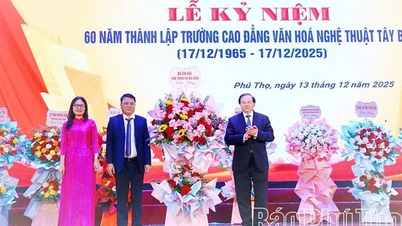
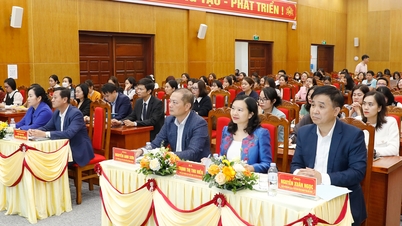

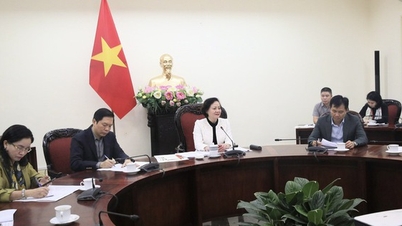
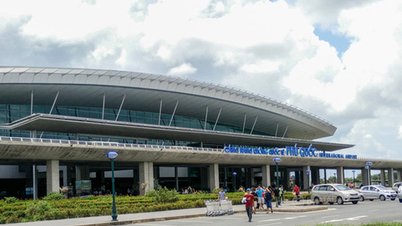
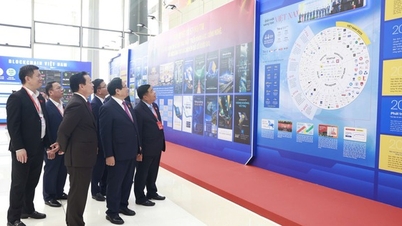
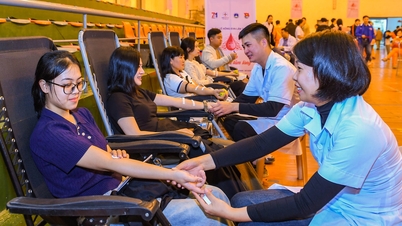


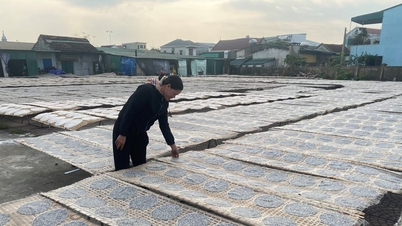

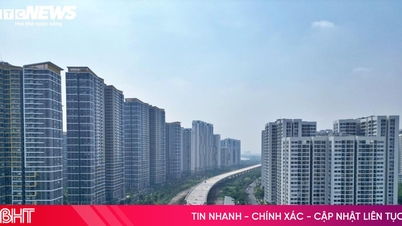

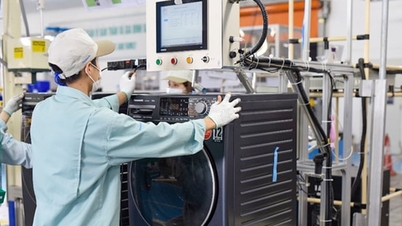












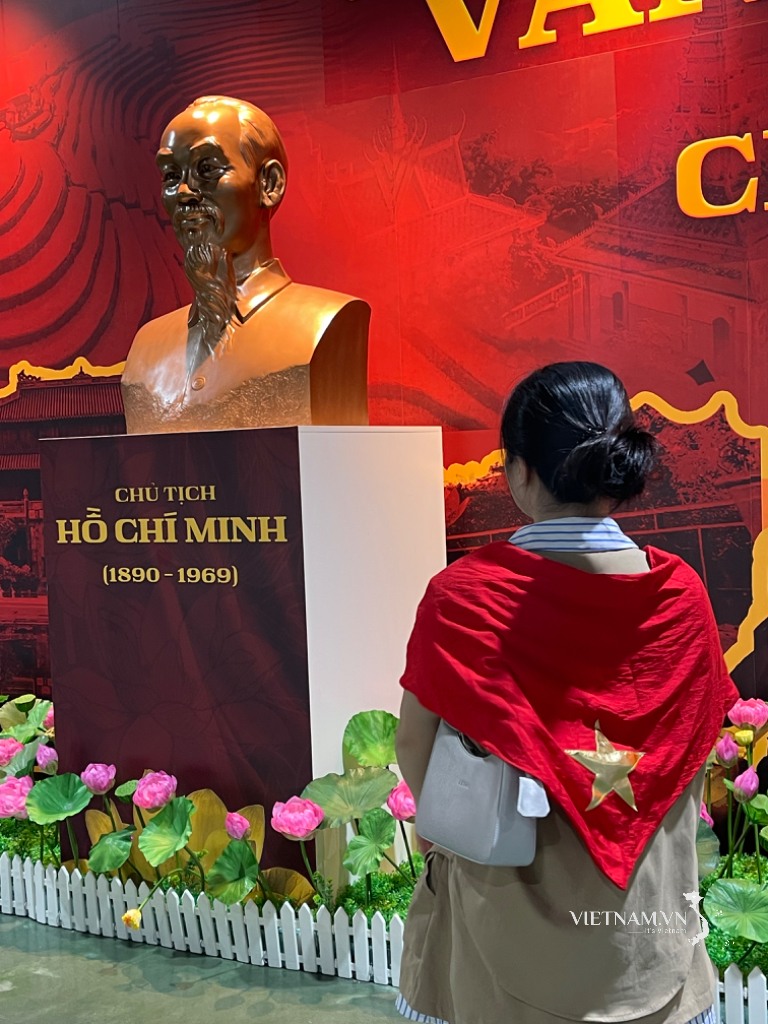
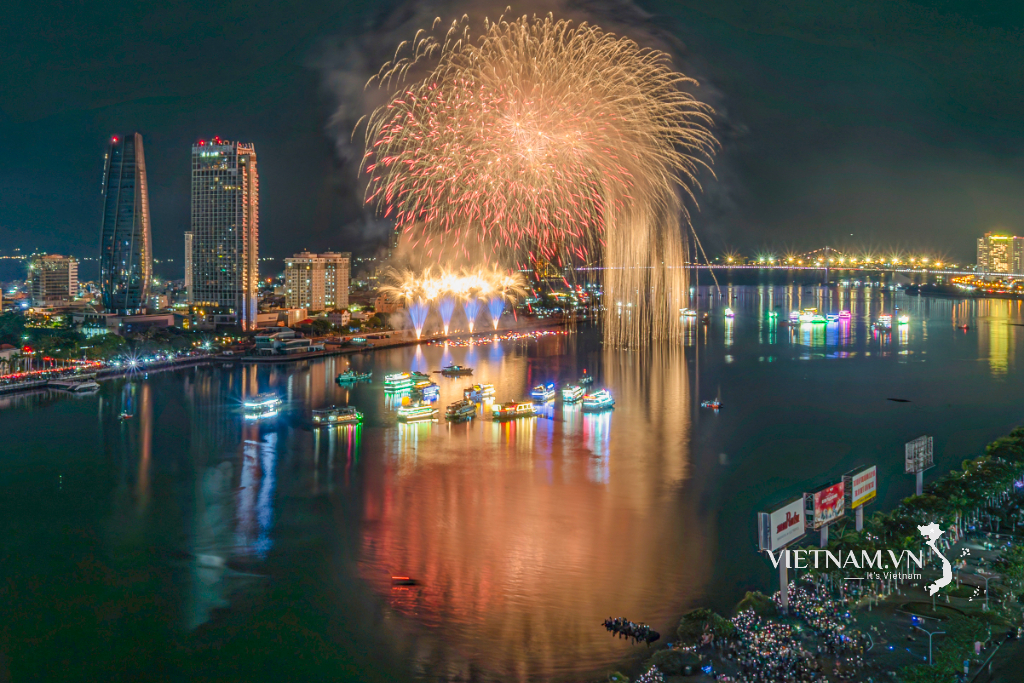
Comment (0)